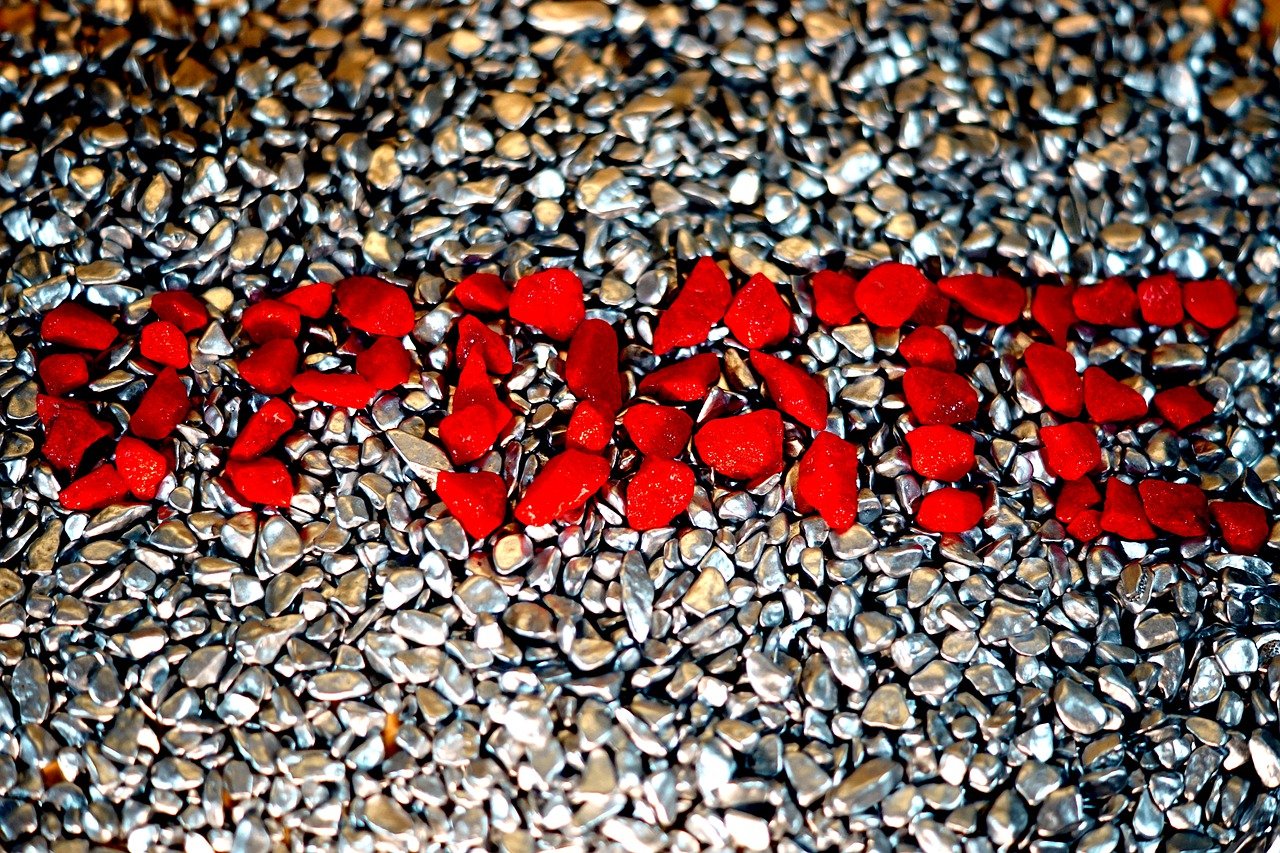Iran has emerged as the chief architect in multiple conflicts strafing the Middle East, from the Mediterranean to the Persian Gulf.
It trained and helped arm the Iraqi militias that killed three U.S. service members with a drone in Jordan this weekend. It supplied Hamas and Hezbollah in their clashes with Israel. It launched missiles at anti-Iranian militants inside Pakistan in response to the bombing of a local police station in December. And it has helped Houthi warriors in Yemen attack container ships in the Red Sea to protest the war in Gaza. All of which, taken together, threaten a wider war.
Why is Iran suddenly involved in so many conflicts? Today’s newsletter will try to answer that question.
Since the 1979 takeover of Iran by Ayatollah Ruhollah Khomeini, the country’s Islamic revolutionary government has had one overriding ambition: to be the lead player shaping the future of the Middle East. Seen another way, it wants Israel weaker and the United States gone from the region after decades of primacy.
Like Israel, Iran sees existential threats everywhere and seeks to counter them. Iran, which has a Shiite majority, has wary, if not hostile, Sunni Arab neighbors. Its archenemy, Israel, has the reach to damage Iran. And since 2003, Iran has been surrounded by U.S. troops in Afghanistan, Iraq, the Persian Gulf and more recently in Syria. The troops in Afghanistan are gone now, but the rest remain, including the ones attacked by drone on Sunday.
To achieve regional hegemony and safeguard its theocracy, Iran has responded on three fronts: military, diplomatic and economic. Those efforts have become more assertive in the past year, especially since the Oct. 7 attack by Hamas.
Thank you for your patience while we verify access. If you are in Reader mode please exit and log into your Times account, or subscribe for all of The Times.
Thank you for your patience while we verify access.
Already a subscriber? Log in.
Want all of The Times? Subscribe.

